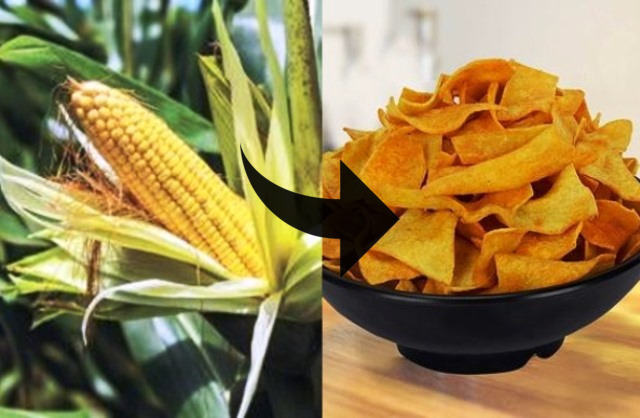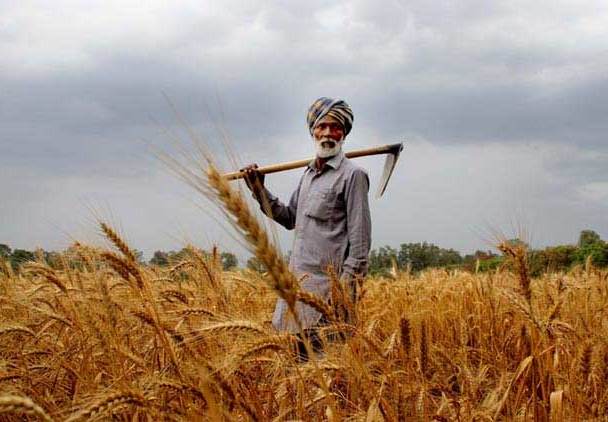In the mission to raise production and diversification of agriculture and at the same time improve the income of growers, the past UPA and the present NDA governments’ thoughtful prescription is to add value to farm produce by rapidly expanding food processing units across the country. This is besides other measures linked to the mission, including popularisation of cultivation and use of millets and making it globally popular for food security, raising of income of farmers and proven health benefits. Over the years, the country’s production of cereals such as rice, wheat and pulses, horticulture and dairy products, poultry items and fish and meat has risen, making it either the largest or the second largest producer of many of these items in the world.
At the same time following official thrust, millets output is rising in a number of states, so also their popularity. Here a special mention is to be made of India’s coastal state in the east Odisha whose millets mission New Delhi wants every other state to emulate and implement. Cambridge University has partnered with Odisha to explore the possibility of millets growing as an alternative to green revolution.
Incidentally, the Odisha government is investing over ₹2,500 crore to provide livelihood support to millet farmers. Chief minister Naveen Patnaik described his state as “pioneer in designing a people-centric millet mission with focus on livelihood and nutrition of tribal communities.” The state’s assured procurement of millets at minimum support price has proved to be a major incentive for farmers to boost production.
The importance of building food processing capacity in tandem with rise in production is principally underlined by the following reasons: First, as processed food products are meeting with growing demand both in the domestic and foreign markets and acting as a trigger for crop diversification, the income of farmers is rising in consequence.
Second, postharvest food wastage, particularly of seasonal and fast perishable items such as fruits and vegetables remains a major national concern and an income destroyer for farmers. It is, therefore, essential to go on creating sustainable supply chains seamlessly connecting farmers with processing and marketing outfits. Third, by way of building robust backward and forward linkages from farm gates through food processing units to local retail outlets and exports, this fast emerging sector has tremendous job creation potential through the length and breadth of the country of different skill sets. In fact, the sector has the capacity to discourage many in rural crop growing centres to migrate to urban areas in search of jobs. Fourth, processed foods lead to commercialization of agriculture, freeing farmers from price manipulation and exploitation by ‘adathiyars’ (brokers).
In the event, not only is the freshness of farm produce preserved through cold chain to processing factories, but the value-added food products with a long shelf life with food quality not compromised have proved a boon for consumers of all income groups. The growth of the food processing industry, helped by liberal policies and periodic policy fine tuning, stands on two pedestals – domestic market and exports primarily to Europe, the Middle East and south-eastern and Far Eastern countries.
According to Agricultural and Processed Products Development Authority (APEDA), the country’s export of processed food was an impressive ₹59,580.72 crore ($7.409 billion). In processed food exports, major contributions have been made by processed vegetables, prepared and preserved cucumber and gherkins, processed fruits, juices and nuts, jaggery and confectionery items, cereal preparations, guargum, alcoholic beverages and prepared animal feeder.
ALSO READ: From Ship-To-Mouth To Food Grains Surplus
At the same time, the Ministry of Food Processing Industries says in its 2022-23 annual report: “During the five years ended 2020-21, food processing sector had been growing at an annual average rate of 8.38 per cent as compared to around 4.87 per cent in agriculture and allied sector (at 2011-12 prices). Food processing sector has also emerged as an important segment of Indian economy in terms of its contributions to GDP, employment and investment. The sector constituted as much as 10.54 per cent and 11.57 per cent of GVA and manufacturing and agriculture sector, respectively in 2020-21 (at 2020-21 prices.)”
APEDA says a “big retail revolution” is awaiting India and this holds great promise for processed food products in the local market. It opines that food and grocery retail, which figures among the largest sectors in the global economy, is also going through a transition phase in this country. Compared to around 75 per cent of food sales in developed countries occurring through superstores, India, according to APEDA “is the least saturated… with small organized retail” still the dominant phenomenon. It further says food and grocery retail is expected to grow at a CAGR (compound annual growth rate) of 3 per cent from 2022 to 2030. APEDA’s prescription for rapid growth of the sector and more domestic and foreign investment flowing into it is rapid improvement in cost competitiveness and efficiency of marketing channels. All this asks for an efficient logistics system covering the value chain from farm to retail outlets for processed foods.
Being fully aware of the sector’s potential to do good to the economy, particularly for the farming community, the government continues to initiate measures for strengthening the sector and encouraging both domestic and foreign investment. In fact, New Delhi has allowed 100 per cent foreign direct investment in food processing industries and also in trading, including ecommerce in respect of food products produced locally. The country received FDI of ₹7,194.13 crore ($895.34 million) in 2022-23, according to APEDA. In a boost to the industry, the last few years has seen the country’s big retailers owning superstores and smaller sized other outlets have an increasingly big presence in food processing industry mostly using factories
In a boost to the industry, the last few years has seen the country’s big retailers owning superstores and smaller sized other outlets have an increasingly big presence in food processing industry mostly using factories owned by third parties (or merchant producers) but providing them with technologies and subjecting their products to strict quality checking.
It has come as a boost for the sector that the government has either fully exempted from GST or put raw and processed food products in the 5 per cent bracket, numbering well over 70 per of all items of the sector. In order to incentivize investment, the government has classified loans to food and agro-based processing units and also cold chain as priority sector lending. It begs the question that further growth of the industry will require strengthening of the infrastructure, particularly extending the cold chain across the country, widening of R&D base and creating adequate numbers of food testing laboratories. In the building of infrastructure, investment has to come mostly from the government.
For more details visit us: https://lokmarg.com/

